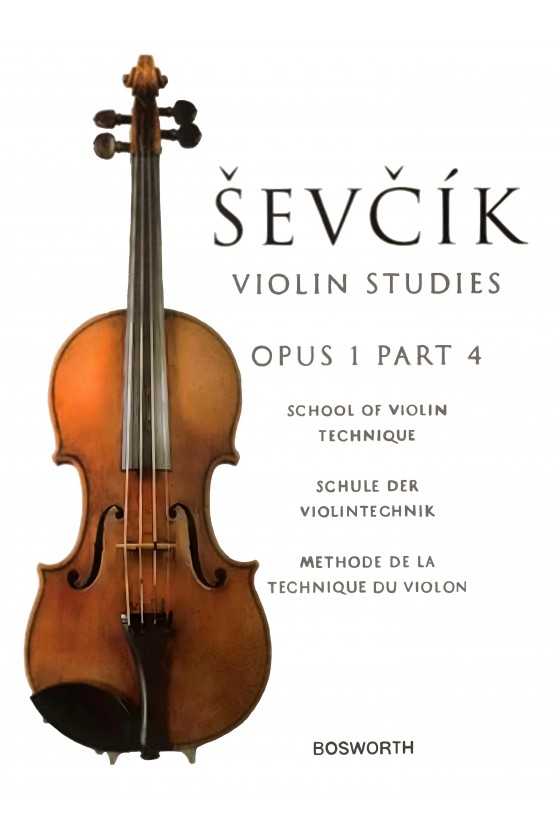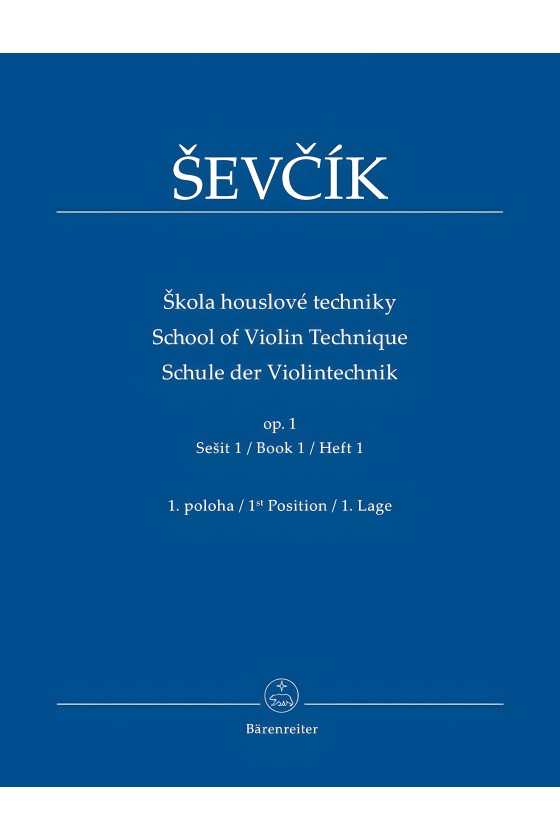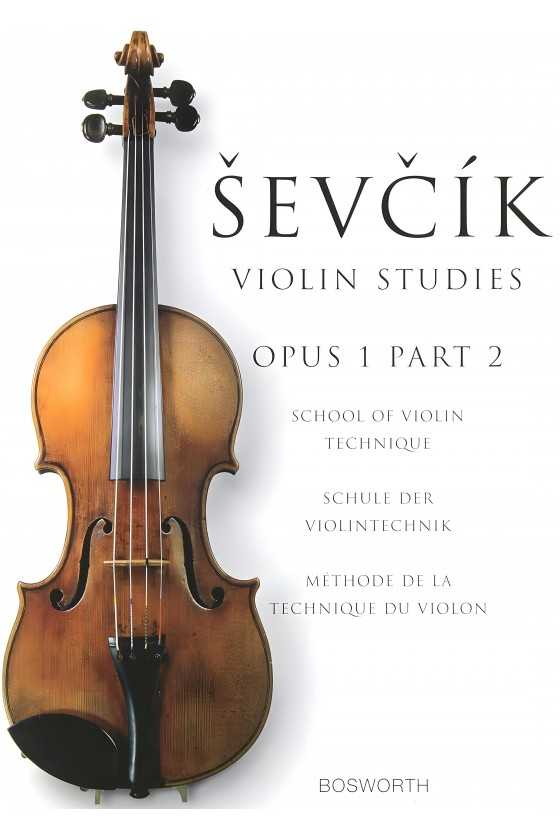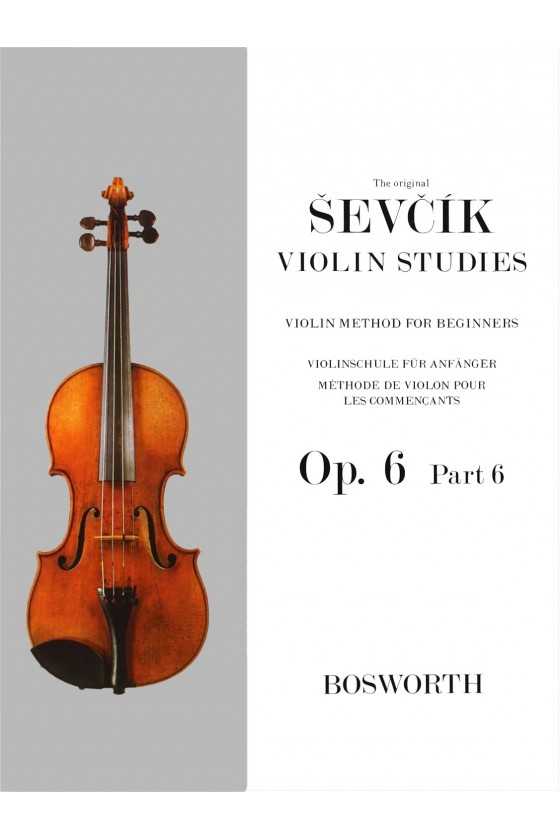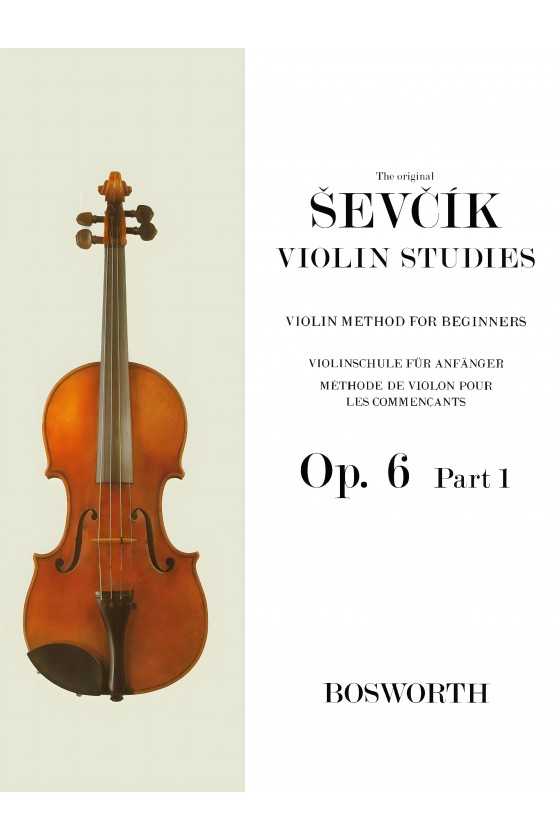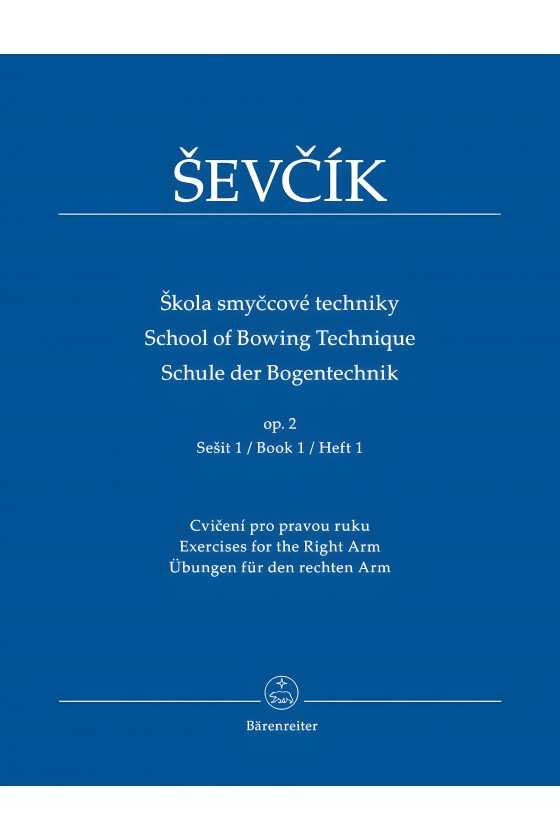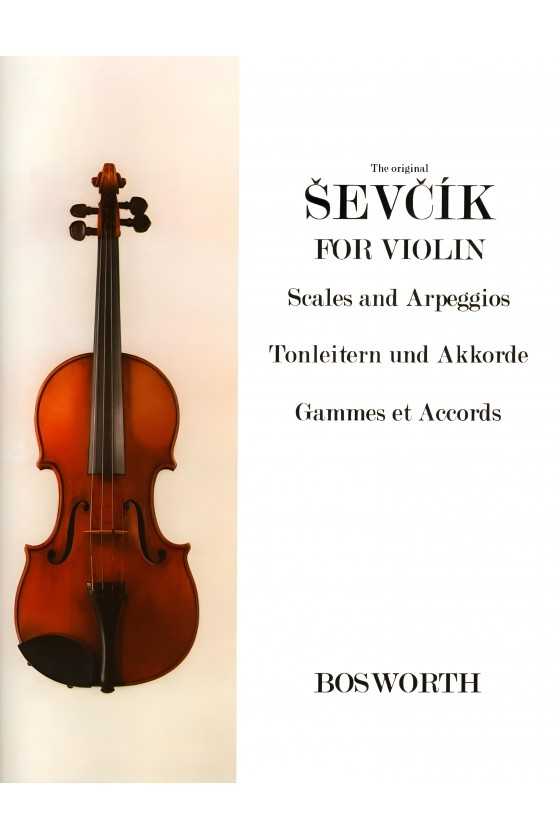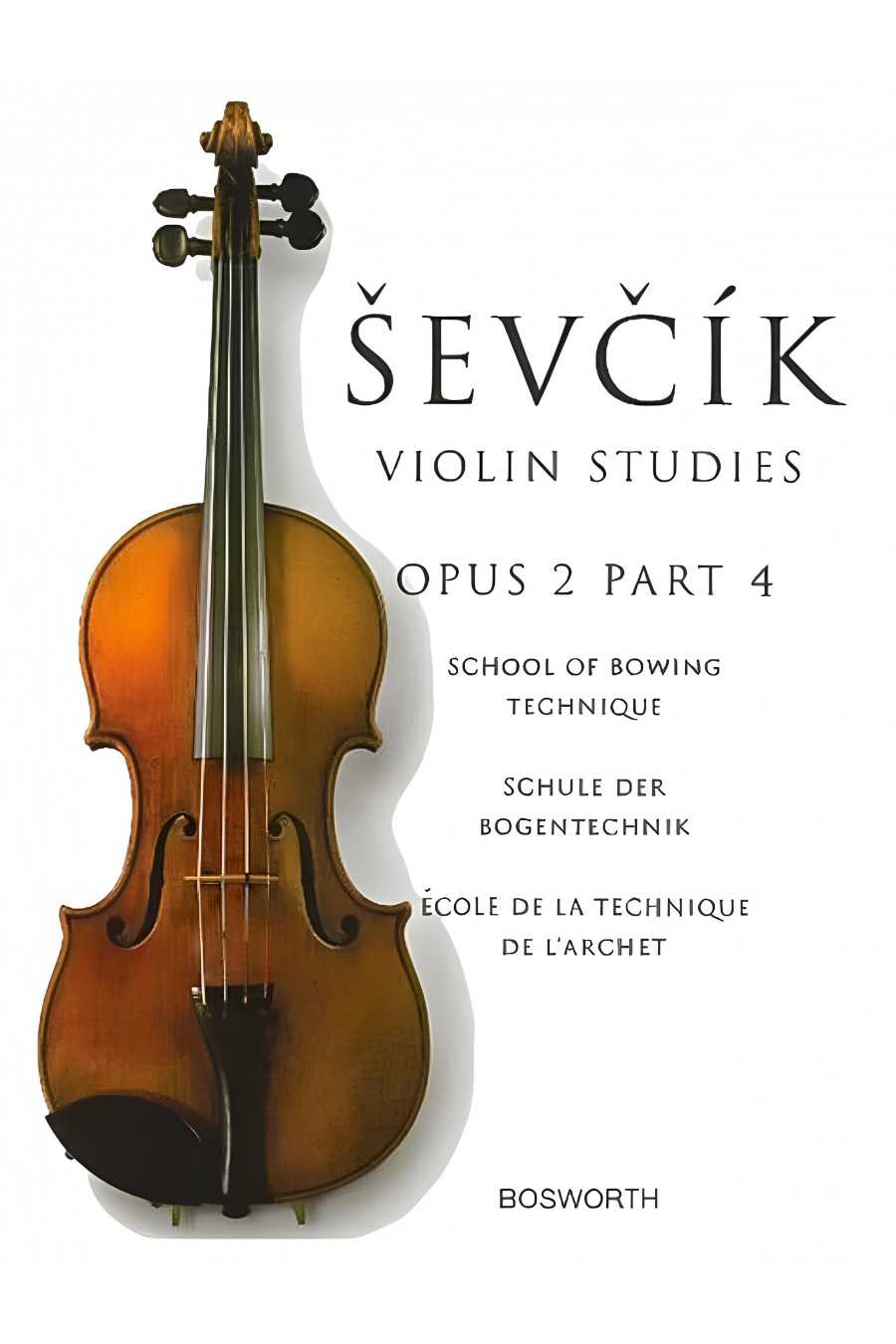
Sevcik, Op. 1 Part 4 For Violin (Bosworth)
Otakar Sevcik was a renowned violin teacher who developed effective and rigorous technical exercises for violin players of all skill levels - from beginners to the most advanced. His book "School of Violin Technique" covers every aspect of violin technique, including special exercises for individual technical problems and analytical studies of popular concertos. The fourth book in the series focuses on double stops and harmonics, and this Bosworth Edition includes helpful commentary on the exercises.



